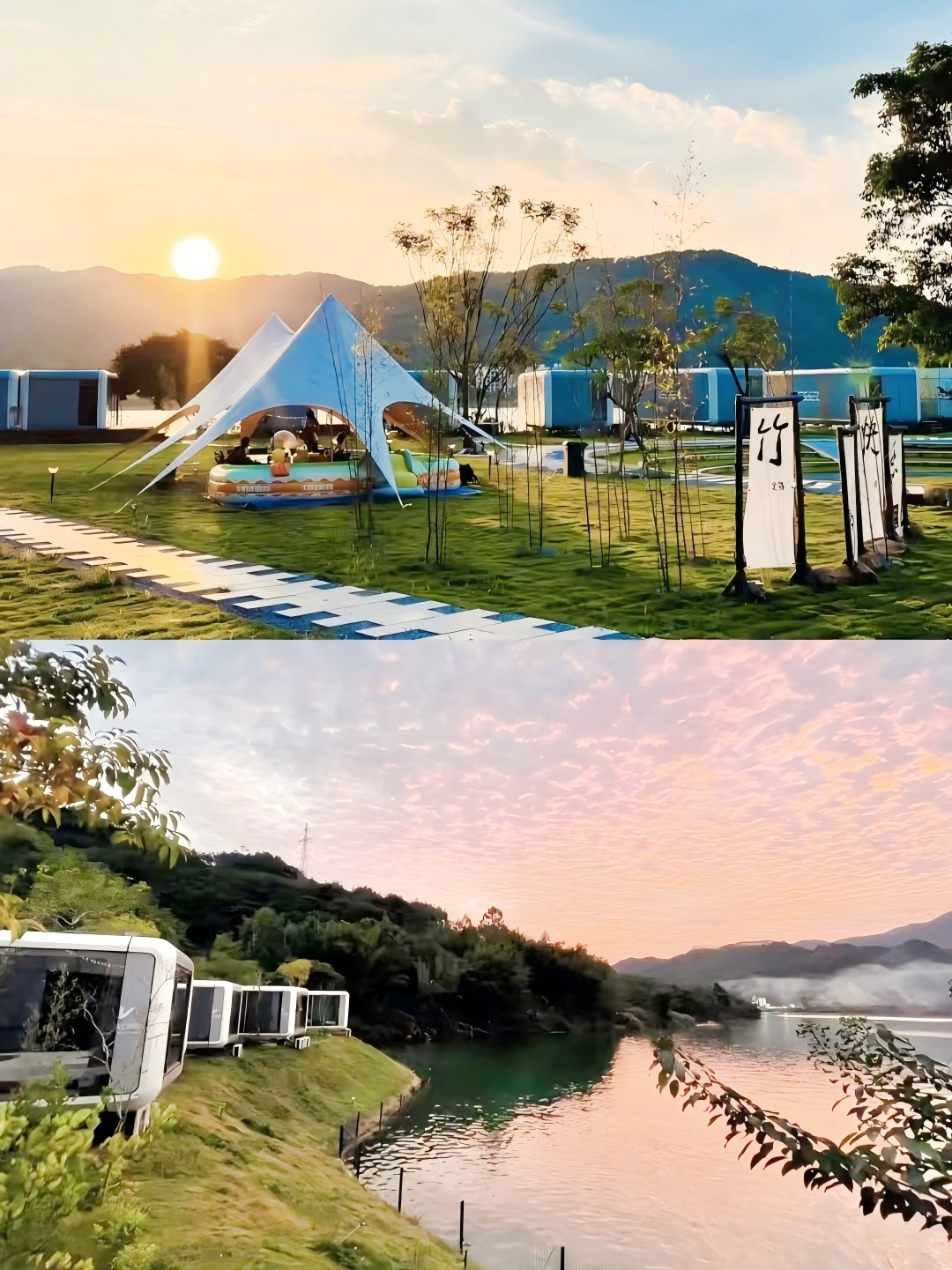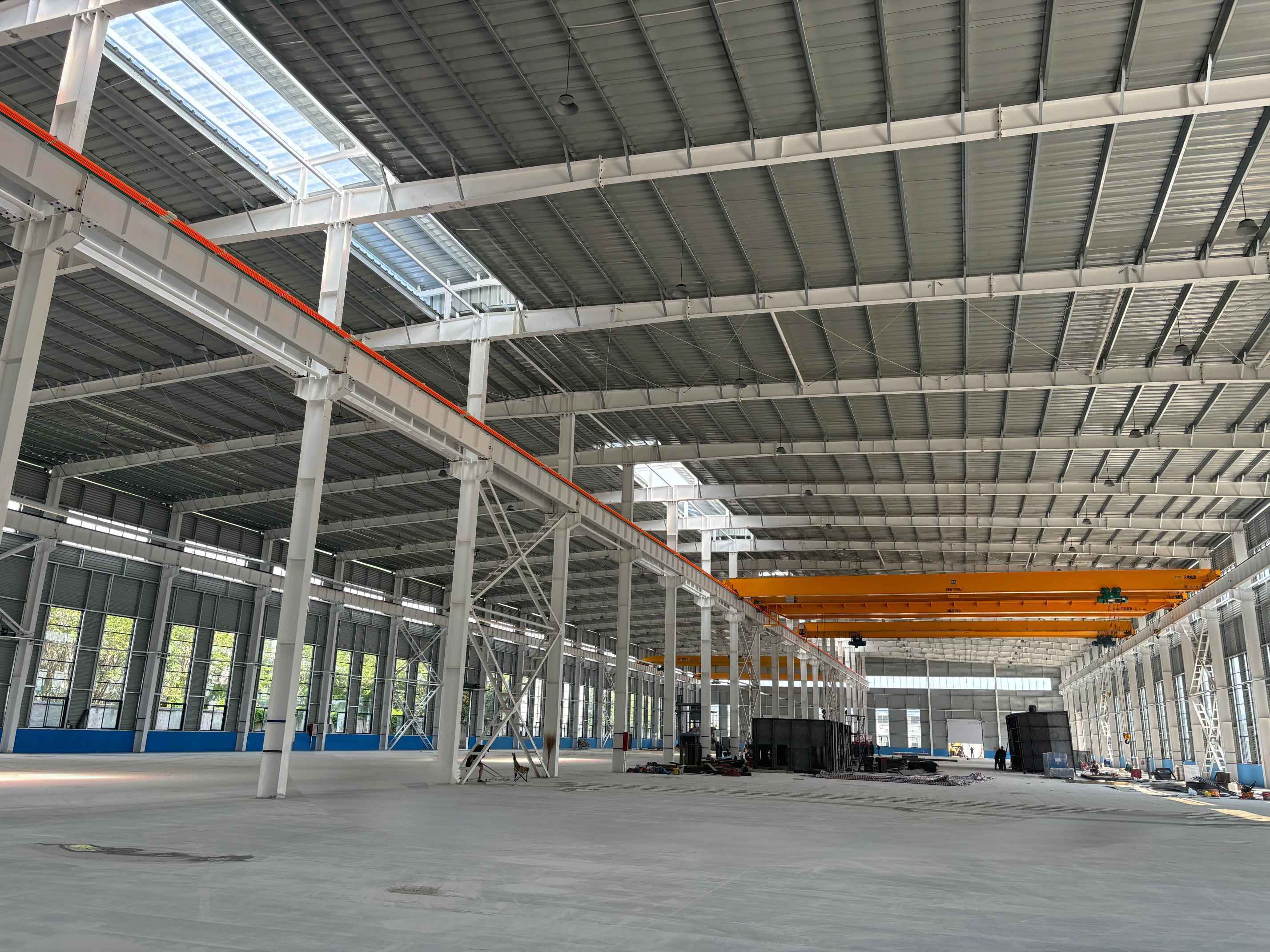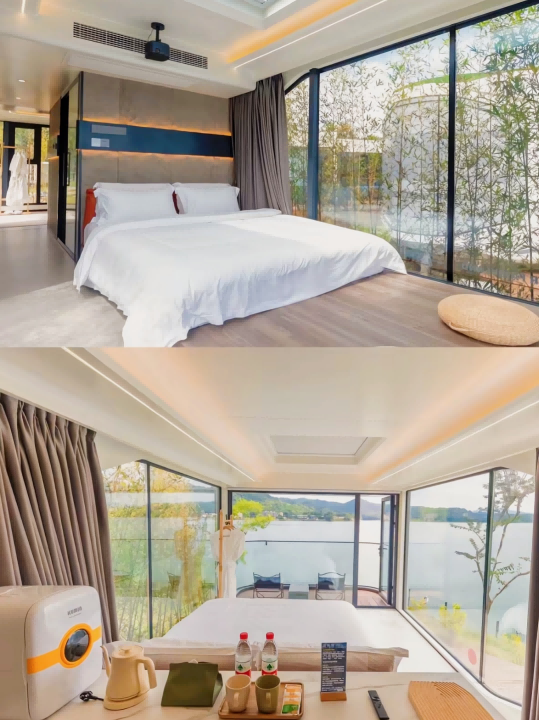Information Details
Comparison between steel structure workshop and traditional workshop
Published Time:
2025-07-30 16:15
1. High construction efficiency and short construction period
(1) Material characteristics: Steel structural components (such as steel columns, steel beams, purlins, etc.) are mostly prefabricated and standardized in factories with high dimensional accuracy. On-site assembly only requires bolt connection or welding, which reduces the wet operations such as masonry and concrete pouring that traditional workshops rely on.
(2) Construction speed: Under the same scale, the construction period of a steel structure workshop is usually 30%~50% shorter than that of a traditional workshop. For example, a 1000 m2 steel structure workshop may be completed in 4~6 weeks, while a brick-concrete structure may take 3~6 months.
(3) Less affected by climate: On-site assembly of prefabricated components is less affected by rain, snow, low temperatures and other weather conditions. Concrete curing and wall masonry in traditional workshops are sensitive to weather and are prone to delays.
2. High structural strength and excellent earthquake resistance
(1) Mechanical properties: The tensile and compressive strength of steel is much higher than that of masonry and concrete. Under the same cross-sectional size, steel structures have a stronger bearing capacity and can withstand larger loads (such as heavy equipment, cranes, snow, etc.).
(2) Earthquake resistance advantage: Steel structures are light in weight (about 1/3 to 1/5 of brick-concrete structures), and the material has good toughness and ductility. Under the action of external forces such as earthquakes, it can absorb energy through its own deformation and is not easy to break or collapse. Traditional brick-concrete structures are strong in rigidity but poor in toughness. They are prone to wall cracking and overall collapse during earthquakes.
(3) Applicable to high-span scenarios: Steel structures can easily achieve large-span designs (such as 20-50 meters without column spans), which are suitable for workshops that require open space (such as mechanical processing, logistics warehousing). Traditional workshops are limited by material strength, and large spans require additional columns, which affects space utilization.
Previous Page
Next Page
Previous Page
Next Page




